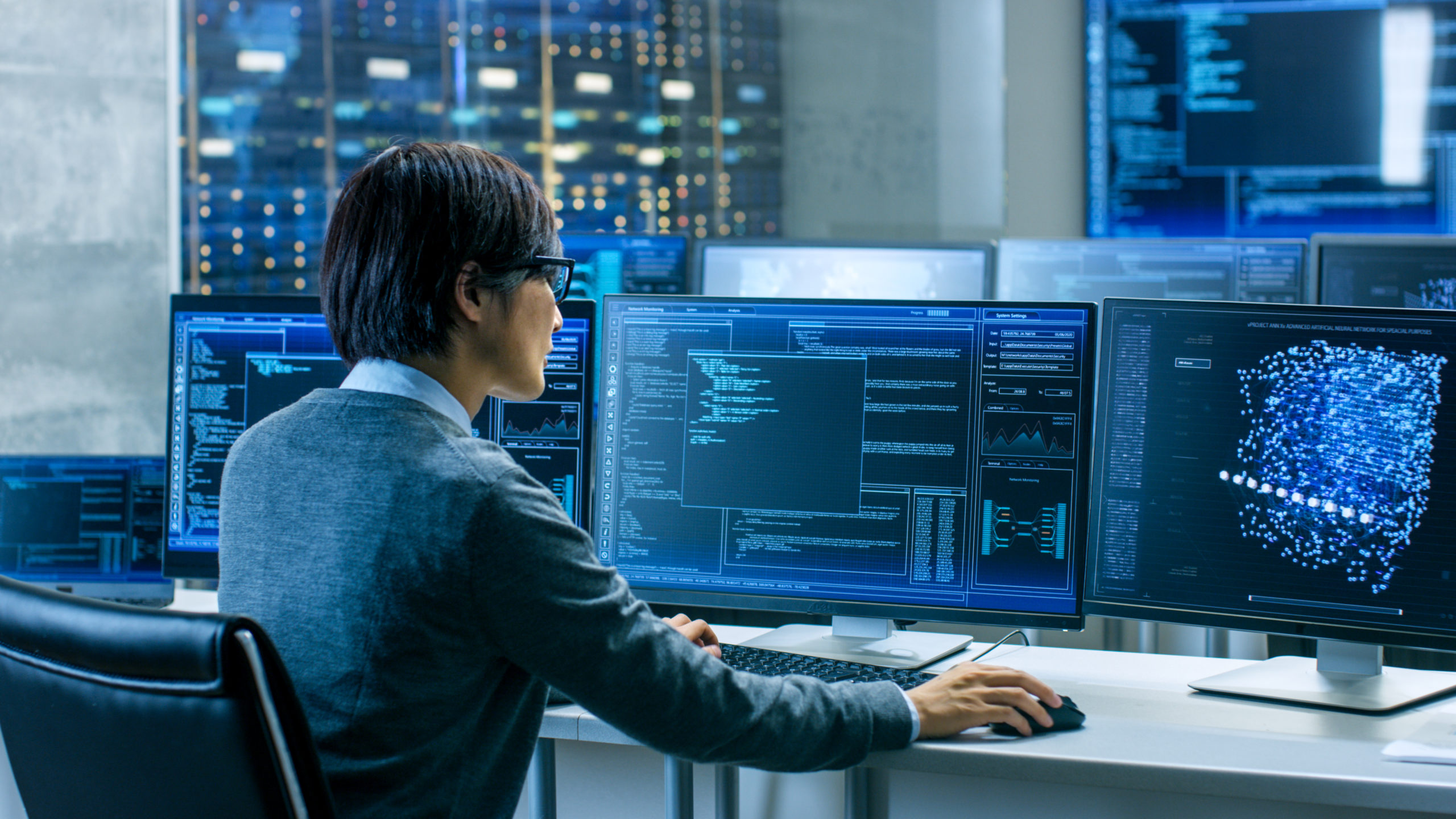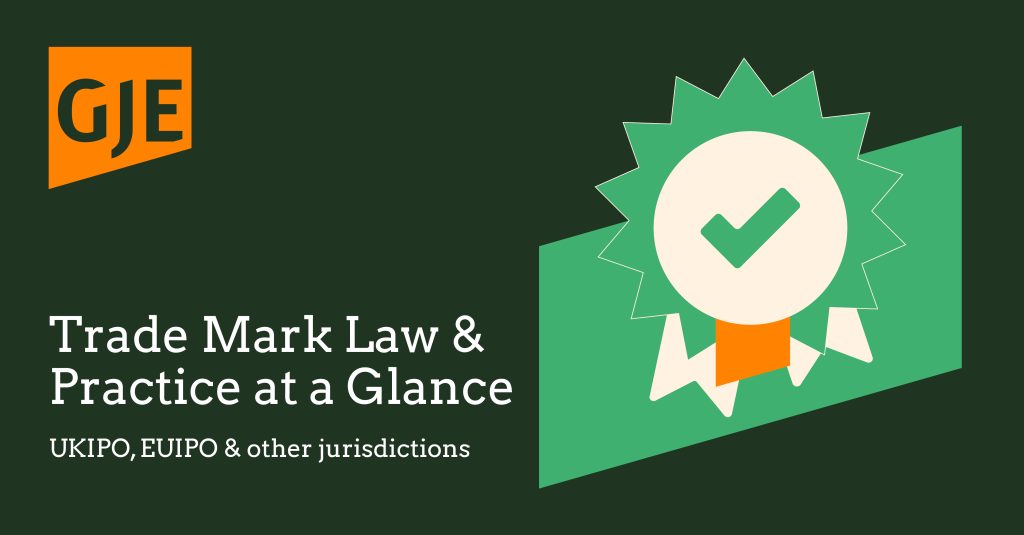
On 10 March 2021, the Enlarged Board of Appeal at the EPO issued the long-anticipated decision G 1/19 concerning the patentability of computer simulations. Before this decision, the standard for determining patentability in this area was dictated by case law established by the lower courts of appeal at the EPO, and in particular the decision T 1227/05 (“Infineon”). In this article, we will briefly explore the extent to which this standard has now changed.
A first key conclusion from Infineon was that patents can be obtained for computer simulations. Patent protection should not be denied merely on the ground that the simulations claimed precede actual production and/or do not comprise a step of manufacturing the physical end product. This basic principle was upheld by the Enlarged Board. However, the conclusions that have since been drawn from Infineon were questioned by the Enlarged Board, leading to the question – is Infineon still good law?
The part of the decision from Infineon most often cited by applicants seeking patent protection in this area is summarised by the EPO Guidelines for Examination as follows:
“The computer-implemented simulation of the behaviour of an adequately defined class of technical items, or specific technical processes, under technically relevant conditions qualifies as a technical purpose (T 1227/05). Examples are the numerical simulation of the performance of an electronic circuit subject to 1/f noise or of a specific industrial chemical process.”
This, in essence, has been viewed as establishing a test for determining whether patent protection may be available for a given computer simulation. G1/19 relegated this indicator of patentability as applying only in ‘exceptional circumstances’, stating:
“In the Enlarged Board’s view, calculated numerical data reflecting the physical behaviour of a system modelled in a computer usually cannot establish the technical character of an invention… even if the calculated behaviour adequately reflects the behaviour of a real system underlying the simulation. Only in exceptional cases may such calculated effects be considered implied technical effects…“
As a result, it is no longer safe to rely on the above standard set by Infineon and referenced in the Guidelines for Examination as a basis for arguing whether patent protection is available in this area. Technicality of the system or process being modelled is not sufficient.
The G 1/19 decision treats all simulations as equal in that the Enlarged Board stated that, irrespective of whether the entity being simulated is technical or non-technical, the simulation itself is non-technical. Simulation of a technical system per se is therefore not sufficient to obtain the technical character necessary to show an inventive step because this technicality is not transferred across to the simulation itself. Conversely, simulation of a non-technical system does not automatically disqualify the simulation from patentability.
According to G 1/19, we need to look closer to see if outcome of the simulation is used in a technical context. This could be framed as asking whether the simulation is being performed for a technical purpose. Taking the example of a weather system, which is considered inherently non-technical, whether or not improved weather forecasting contributes to the technical character of an invention depends on how the simulation is used. If the simulation is used, for example, to improve the forecasting of a value of a financial product, it does not contribute to the technical character of the invention. However, if the simulation is used to automatically open or close window shutters on a building or operate wind turbines, it may well contribute to the technical character of the invention and patent protection may be available. It must be clear from the claim alone what the intended technical purpose is for the simulation. Additionally, this technical purpose must be achieved across the entire claim scope to avoid non-technical embodiments being captured. Further information and practical drafting tips can be found in our article Patenting a Simulation at the European Patent Office – Some Key Points
Returning now to the decision reached in Infineon, the Enlarged Board did not go so far as to say that the decision reached in Infineon was wrong. It stated:
“In this context, it is not the Enlarged Board’s role to re-assess decision T 1227/05, which was taken in the specific circumstances of the case, or to judge whether the position envisaged by the referring board would diverge from T 1227/05. As noted above (point 127), the board in T 1227/05 did not rely for its decision solely on its finding that the simulated system was a technical system and that the system could only be understood and modelled by relying on technical considerations.”
This statement, coupled with the earlier reference to calculated effects being considered implicit technical effects in exceptional cases, could be read as tacit support of Infineon. However, even if the outcome was correct, and the basic message that patent protection is available for computer simulations upheld, the part of the decision in Infineon most often cited as explaining whether patent protection should be available (up until now at least), is no longer reliable law.
Consequently, instead of seeking to demonstrate how the behaviour being simulated corresponds to “an adequately defined class of technical items, or specific technical processes, under technically relevant conditions”, applicants seeking patent protection in this area should focus their arguments on the technical benefits that directly result from the simulation.
If you have any questions regarding whether your computer simulation may be entitled to patent protection in Europe then please do not hesitate to get in touch with us at GJE. Please find my contact details on my website profile here or contact us at gje@gje.com.
Please also see our whitepaper Computer Simulations: Strategy for Patents, where we have explored this issue in further detail.
GJE Review: Simulations
GJE’s computer technology team have put together a comprehensive collection of content designed to equip your business with insight into simulations and the role intellectual property has in its development. To view the full collection, click here.
